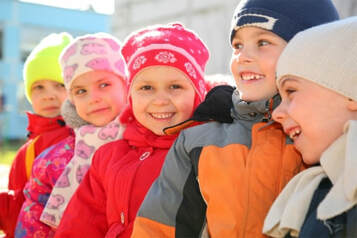 Frostbite is, literally, frozen body tissue — usually the skin, but sometimes deeper tissue. It must be managed carefully to prevent permanent tissue damage. The varying degrees of frostbite are based on how deep the tissue injury goes. Mild cases affect a superficial area of the skin, while the most severe cases can go all the way down to the muscle and bone. The areas most prone to frostbite are the head, face, ears, hands, and feet. Kids are at greater risk for frostbite than adults, both because they lose heat from their skin more rapidly and because they're often reluctant to leave their winter fun to go inside and warm up. Frostbite needs medical attention from a health care provider. It also can be associated with hypothermia, a serious medical condition that requires emergency medical care. FrostnipFrostnip is a milder form of injury. It usually affects areas of skin exposed to the cold, such as the cheeks, nose, ears, fingers, and toes, leaving them red and numb or tingly. Frostnip can be treated at home and gets better with rewarming. What to Do:
What to Do:
Date reviewed: January 2015 Source: www.kidshealth.org
0 Comments
Leave a Reply. |
Home |
News |
Blog |
Contact |
Copyright © 2024
